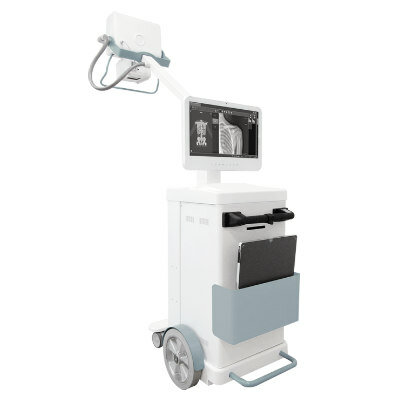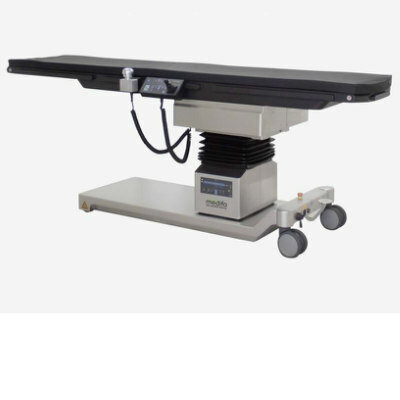MRI Just Before or After Surgery Does Not Benefit Women with Early Breast Cancer
By MedImaging International staff writers
Posted on 18 Sep 2013
New research has revealed that the use of magnetic resonance imaging (MRI) before or right after surgery in women with ductal carcinoma in situ (DCIS) breast cancer was not associated with reduced local recurrence or contralateral breast cancer rates. Posted on 18 Sep 2013
The study’s findings were presented at at the 2013 Breast Cancer Symposium, held in Alexandria (VA, USA), September 7–9, 2013. Although no clinical practice guidelines exist for the use of MRI around the time of surgery, some surgeons use the screening approach to obtain a more precise representation of the cancer before surgery is performed or immediately after surgery to check for any residual disease. Earlier research had demonstrated that the utilization MRI in this capacity for women with invasive breast cancer does not have a clinically significant impact on local recurrence or contralateral breast cancer rates; however, the impact on women with DCIS is not well reviewed.
“MRI use varies widely by institution and surgeon preference,” said Melissa L. Pilewskie, MD, from Memorial Sloan-Kettering Cancer Center (New York, NY, USA), and first study author and breast surgeon at Memorial Sloan-Kettering. “MRI is an expensive test with a high false-positive rate that can lead to additional and sometimes unnecessary procedures, so its use should be examined carefully. These findings add to the growing list of evidence that suggests that MRI does not provide a clear benefit for DCIS patients.”
Researchers identified 2,321 women who had had breast-conserving surgery for DCIS between 1997 and 2010 at Memorial Sloan-Kettering. Of these patients, 596 had received an MRI either before or immediately after surgery and 1,725 had not. The rates of local recurrence and contralateral breast cancer were compared at the five-year and eight-year mark in each group.
After five years, local recurrence rates were not substantially different between the two groups (8.5% with MRI vs. 7.2% without MRI). Correspondingly, eight-year recurrence rates were not significantly different (14.6% vs. 10.2%). Even after calculating for nine other patient variables such as menopausal status and age, no difference in risk of local recurrence was seen. The findings also showed that there was no statistically significant difference in contralateral breast cancer rates (3.5% vs. 3.5% at five years and 3.5 % vs. 5.1% at eight years).
Dr. Pilewskie also stressed that not all women with DCIS receive radiation therapy, which is often used to reduce recurrence rates after breast-conserving surgery. Yet, even in the subgroup of patients who did not receive radiation therapy, MRI was not associated with improved long-term outcomes for these women.
Related Links:
Memorial Sloan-Kettering Cancer Center














